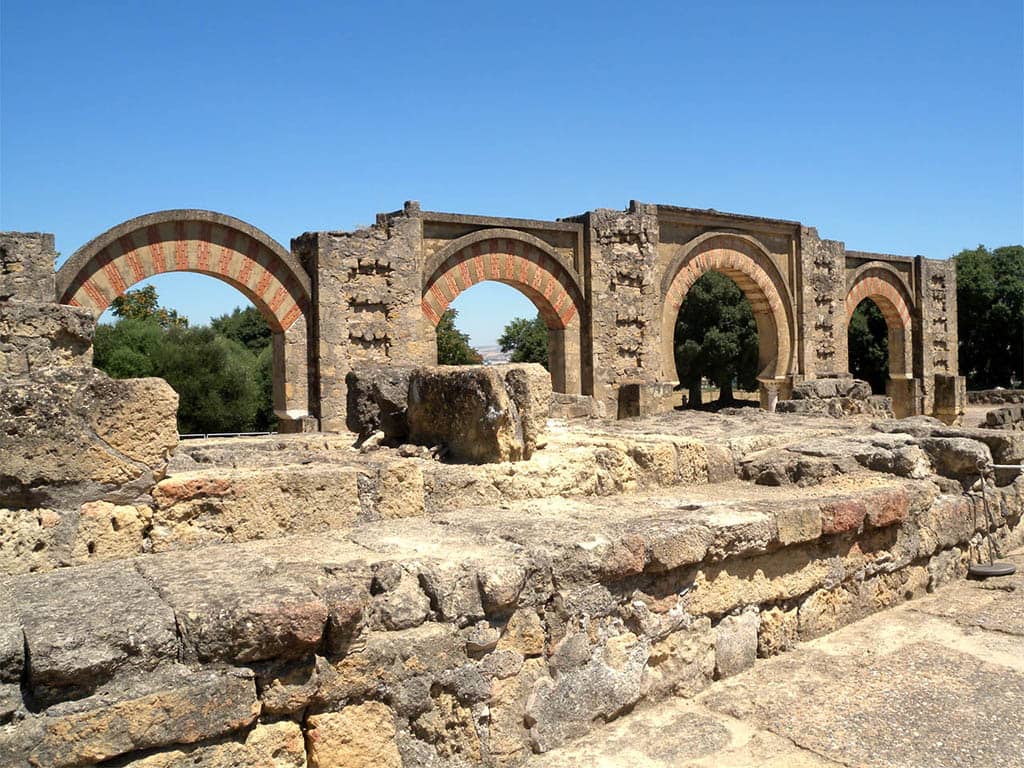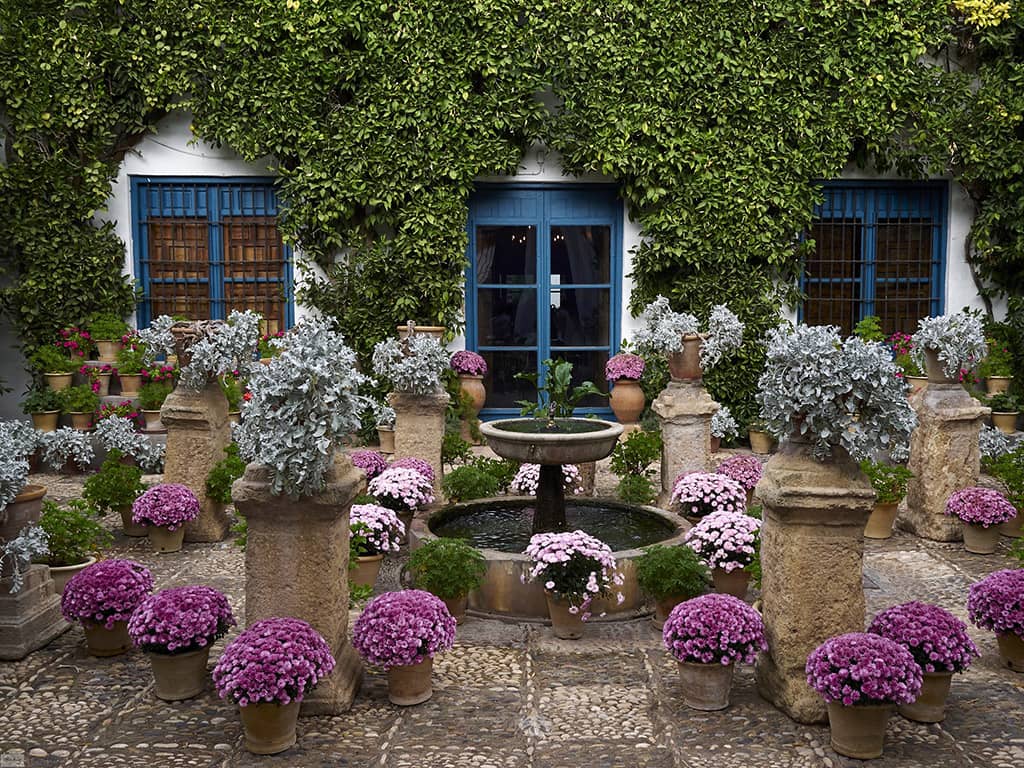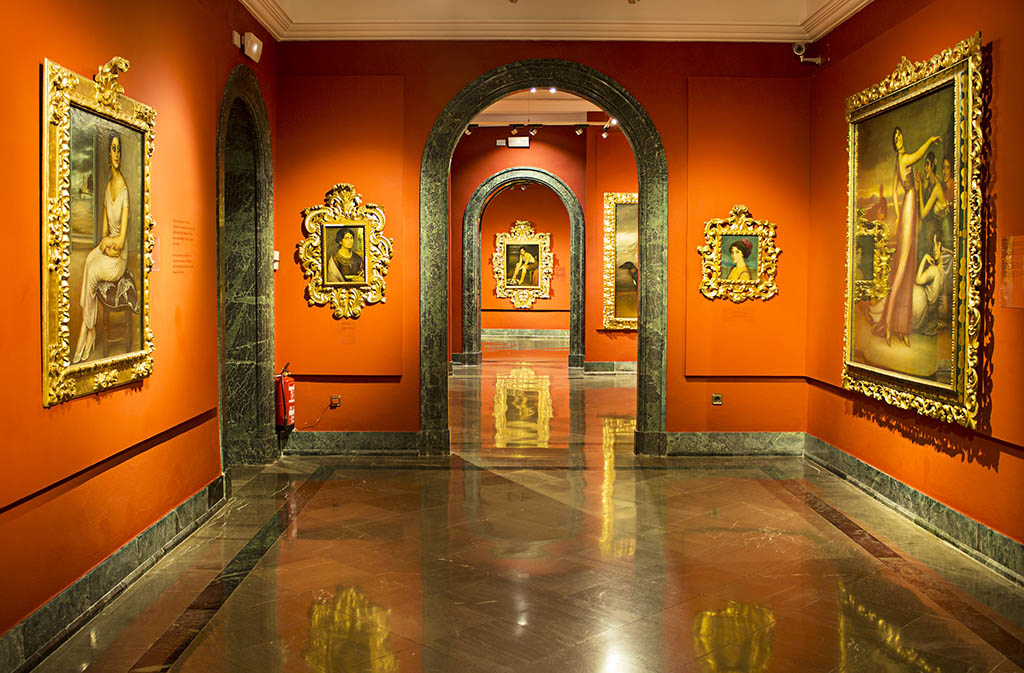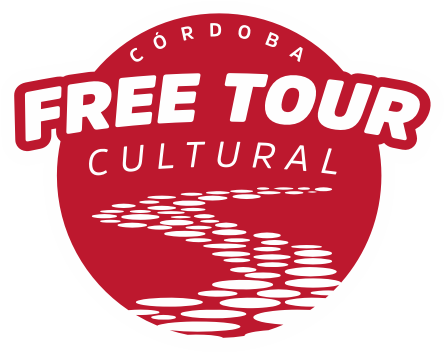If you’ve made it to this blog undecided about which city to visit, here’s the solution—don’t hesitate… come to Córdoba!
Located in the heart of Andalusia, where we enjoy over 300 days of sunshine a year, Córdoba was once the capital under the Romans and the Muslims, creating a city unlike any other in the world.
If you were already convinced to visit us, here we’ll tell you the monuments to see in the city and best of all… all for free!
First, let us introduce our city. Córdoba is a small but strategically positioned crossroads throughout history, inhabited thousands of years ago by the Turdetani—whom the Romans encountered in the 2nd century B.C., when Claudio Marcelo founded Roman Corduba.
With the arrival of the mighty Roman Empire, our city became the capital of one of the empire’s wealthiest provinces, Baetica, and remained splendid until the Visigoths in the 5th century A.D. When the Berbers from North Africa reached the peninsula in 711, Córdoba regained its glory as capital of al‑Andalus—by the 10th century it was one of the largest and most prosperous cities in the West under the Caliphate of Córdoba. Yet a civil war at the end of that century overthrew the caliphate, fragmenting it into smaller Taifa kingdoms; Córdoba lost prominence until King Ferdinand III the Saint conquered it in 1236, made it Christian, and it has remained so to this day.
This is a very schematic summary of the city’s history—but it shows all the civilizations that left their mark on Córdoba, making it a unique UNESCO World Heritage city and the only one in Spain with four separate World Heritage declarations.
But what can you see in Córdoba? And most importantly, all for free!
Table of Contents
- Mosque–Cathedral of Córdoba
- Discover the Best Monuments to Visit
- Stroll Through the Jewish Quarter & Synagogue
- The Patios of Córdoba: Colors & Scents
- Take a Free Tour & Learn More About Córdoba
Mosque–Cathedral of Córdoba
A UNESCO World Heritage site since 1984, this is one of the most important Islamic buildings in the West and one of the world’s most fascinating monuments—the only mosque ever converted into a Catholic cathedral. It encapsulates the history of the Umayyads, the Islamic dynasty that ruled here, and has inspired countless buildings ever since.
Construction began in the mid‑8th century. Its forest of over 800 columns and 300 double arches leaves no visitor unmoved—it’s the must‑see monument in Córdoba. As I always tell groups, seeing the Mosque–Cathedral of Córdoba is “a first‑degree Cordoban experience.”

Although official tourist entry opens at 10 AM, know that you can enter for free at 8:30 AM—saving a few euros is always welcome!
Be aware you’ll only have one hour inside, and not all areas are open, since mass begins at 9:30 AM and the main altar is closed. For a deeper visit, enter after 10 AM and, above all, book a guided tour—you’ll grasp over a millennium of history in one spectacular space, from the emirate’s prayers to 21st century Christian services.
The Patio de los Naranjos (Orange‑Tree Courtyard) is also free to enter—don’t leave without photographing the bell tower. Enjoy the view, sample water from the fountain’s olive‑wood spout (legend says whoever drinks finds a partner—though results may vary!), and soak in the atmosphere.
Discover the Best Monuments to Visit
The Mosque–Cathedral’s grandeur often leads visitors to think Córdoba has nothing more to offer—so here I am to reveal the city’s rich heritage, all for free!
Medina Azahara

If the Mosque–Cathedral impresses, the archaeological site of Medina Azahara reveals the 10th‑century city’s wealth. Just 8 km from Córdoba at the foot of Sierra Morena, it was built by Caliph Abd al-Rahman III on a site of many legends—among them that it was for his favorite, Azahara, surrounded by almond trees to resemble Granada’s blossoms. Excavated only 10–12 percent so far, it shows how advanced the Umayyads were—running water and sewage systems in the 10th century!
Medina Azahara’s construction was a show of the Caliphate’s power—and it remains so today.
EU citizens enter the site and interpretation center for free; non‑EU visitors pay just €1.50. A shuttle bus (every 10–15 minutes) runs the 3 km between the center and the ruins (€2.50/adult, €1.50 child/senior). Wear comfortable shoes and, if visiting in summer, bring water and a hat—the Andalusian sun is strong!
It’s a fantastic addition to your Córdoba itinerary—free entry simply sweetens the deal. For full understanding, though, I recommend a guided tour. Archaeological sites can be “just stones,” but with an art historian’s narration, their stories come vividly to life. Medina Azahara is Europe’s only caliphal city and Córdoba’s most recent World Heritage addition (2018).
Roman Bridge & Riverside Monumental Zone

Another UNESCO site is Córdoba’s Historic Centre—the second‑largest in Europe—and at its heart stands the Roman Bridge. Originally built in the 1st century A.D., today only a few original stones remain, but it still spans the Guadalquivir free of charge.
Bridges suffered most in wartime sieges—cutting the bridge kept invaders out. Córdoba’s was the only link south of the city, so countless processions have crossed it for two millennia.
On our free tour, I point out two famous women who walked it: Isabella the Catholic and Saint Teresa of Avila. When you cross it, you become part of that ongoing history. Along the riverbank grows La Albolafia grove—a willow and alder woodland home to over 110 bird species and even otters—making the sunset stroll utterly magical.
Fernandine Churches

After the Christian conquest in the 13th century, many neighborhood mosques were converted into churches by King Ferdinand III the Saint—about 14 in total—creating what we now call the Fernandine Churches.
These churches blend Romanesque, Gothic, Mudejar, Renaissance, and Baroque elements, making each one unique.
Entry is free with the Mosque–Cathedral ticket—but here’s a tip: many open half an hour before mass. Arrive then to explore these lesser‑known gems.
Triumphs of Saint Raphael

Walk around Córdoba and you’ll spot sculptures of a winged figure—Saint Raphael the Archangel, guardian of the city. Though locals often think he’s the patron saint, the true patrons are martyrs Acisclus and Victoria. Legend says Raphael appeared five times in the 16th century to a priest, Andrés de las Roelas, finally identifying himself and vowing to protect Córdoba from plagues.
“I swear by Christ crucified that I am Raphael, angel appointed by God as guardian of this city.”
Over a dozen monuments called “Triumphs of Saint Raphael” stand around town—my favorites are at Plaza del Triunfo by the Roman Bridge and Plaza de los Aguayos near San Pedro Church. Seek out all ten—each is free to visit.
Roman Temple

Córdoba’s layers of history lie beneath its streets like an onion. On Calle Claudio Marcelo stands a free‑entry Roman temple from the 1st–2nd centuries A.D., dedicated to the imperial cult. It’s one of the few in Spain open to the public at no cost.
Palace of Viana

Beyond mosques, churches, and ruins, Córdoba boasts palaces—like 15th‑century Palace of Viana, home to nobility until the 1980s. With period paintings, furniture, and—most famously—twelve distinct interior patios, it’s a living chapter of Cordoban history.
Standard entry: €6 for patios, €10 for full visit. But here’s the trick: every Wednesday from 2 PM to 5 PM, entry is completely free. Don’t miss this unique opportunity to explore a royal residence at no cost!
Free-Entry Museums
Córdoba’s museum scene is vast—and most are free! First up: the Archaeological & Ethnological Museum, tracing local history from prehistory to the Middle Ages. In its basement lies the Roman Theatre, revealed on our “Subterranean Córdoba” free tour—an insider’s peek at hidden city layers.

Art lovers will adore the Fine Arts Museum in Plaza del Potro—once a Charity Convent—featuring works by Palomino, Juan Valdés, and Julio Romero de Torres. Contemporary art fans can cross the Guadalquivir to the C3A (Centre for Contemporary Creation by Sobejano & Nieto). For Islamic craft, visit Casa Árabe or the Omeyyad Leather Museum. All these museums offer free admission—so dive in!
Stroll Through the Jewish Quarter & Synagogue
Córdoba is famed as the City of Three Cultures: Muslim, Jewish, and Christian. We’ve covered two—now explore the Jewish heritage. Jews lived here from the city’s founding until the late 14th century.
The most important Sephardic vestige is the Synagogue in the Jewish Quarter—a 14th‑century temple active until 1492, later a hospital.
Restored recently, it’s one of only three medieval synagogues in Spain. Walking the narrow lanes of the Judería and entering the synagogue is entirely free!
The Patios of Córdoba: Colors & Scents

No visit is complete without a Cordoban patio. Originating in Roman Mediterranean houses, these central‑courtyard homes evolved in the 18th–19th centuries into multi‑family dwellings adorned with plants. By 2021, the annual patio competition celebrated its centenary.
If you come during the first two weeks of May—patio festival time—you’ll find around sixty open patios free of charge. Other times of year, you can still visit at least one: Patio San Basilio 44 in Alcázar Viejo, open nearly every day, showcasing this World Heritage tradition at no cost.
Take a Free Tour & Learn More About Córdoba

As you see, Córdoba’s free cultural offerings are vast, and most appear on our Free Tours—those tours without set prices where you pay what you wish. We run daily morning and evening tours of the Historic Centre, guided by historians and professional tour guides, showing you the most beautiful corners of the city. We look forward to welcoming you!
Article author: María R
